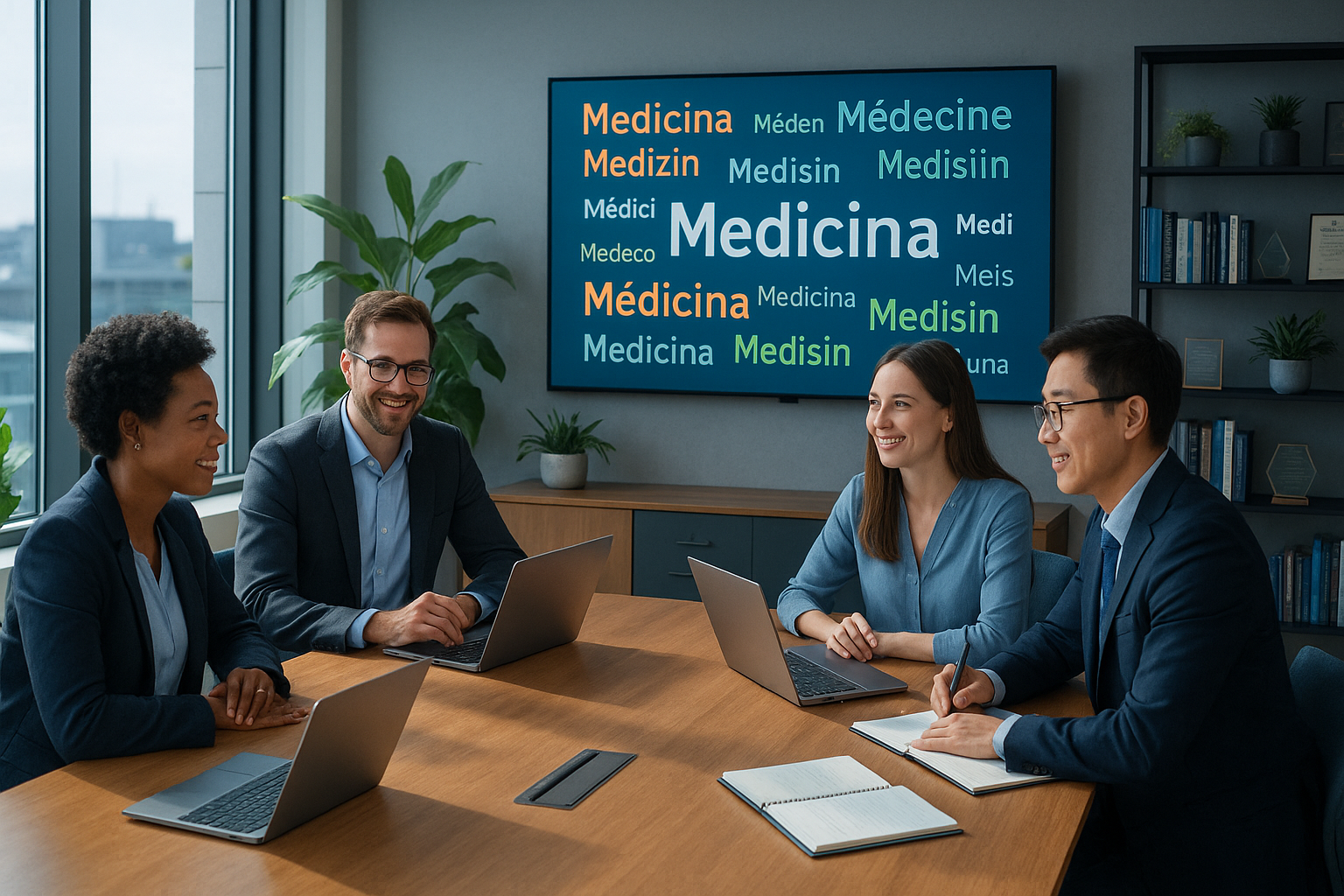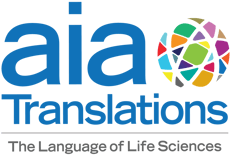When Words Aren’t Enough: Cultural Adaptation vs. Literal Translation
Medical Pharmaceutical Translations • Oct 27, 2025 12:00:01 PM

In healthcare communication, every word matters. A single phrase can influence how a patient understands their diagnosis, follows a treatment plan, or feels about their care. That’s why the distinction between literal translation and cultural adaptation is so critical in medical and pharmaceutical translation. While both approaches aim to convey meaning across languages, only one truly ensures that the message resonates with patients, healthcare professionals, and regulators in different cultural contexts.
Literal translation focuses on transferring words from one language to another as closely as possible to the source text. It prioritizes linguistic accuracy and structure. This approach can work for highly technical documents, such as chemistry reports or certain regulatory materials, where precision is paramount and the language is standardized. However, in patient-facing materials—such as informed consent forms, health education brochures, or awareness campaigns—literal translation often falls short.
Imagine a healthcare campaign originally created in English that says, “Take control of your heart health.” A literal translation of this sentence might sound awkward or overly assertive in another language, especially in cultures where discussing personal health decisions publicly is considered sensitive or where “taking control” carries a different emotional tone. A culturally adapted version might instead focus on the idea of “caring for your heart” or “protecting your health,” reflecting values of responsibility and community rather than individual empowerment.
Another example is in patient instructions. In some countries, saying “drink plenty of water” is understood as a specific medical recommendation, while in others, it may be too vague. Translators must know whether “plenty” refers to a specific quantity in that context or whether cultural habits—like drinking tea instead of water—might affect comprehension and adherence.
Cultural adaptation, sometimes referred to as transcreation, goes beyond direct translation. It requires the translator to deeply understand not only both languages but also the social, emotional, and cultural dimensions of the audience. This process involves rethinking expressions, metaphors, and even visuals to ensure that the message is accurate, accessible, and culturally appropriate. In healthcare, it’s not just about how words are written, but how they are perceived and acted upon.
An effective medical translator doesn’t simply translate; they interpret meaning through the lens of culture and context. This is especially important in public health initiatives, patient education, and pharmaceutical marketing, where engagement and trust are essential. A phrase that motivates patients in one region might alienate them in another if not adapted with cultural sensitivity in mind.
In short, literal translation delivers words. Cultural adaptation delivers understanding. In healthcare, where clear and compassionate communication can directly impact outcomes, the choice between the two is not merely linguistic—it’s ethical. By embracing cultural adaptation, translation professionals help ensure that medical information is not only accurate but also truly meaningful to the people who depend on it.
